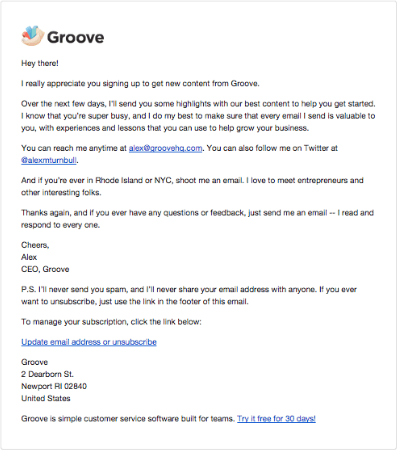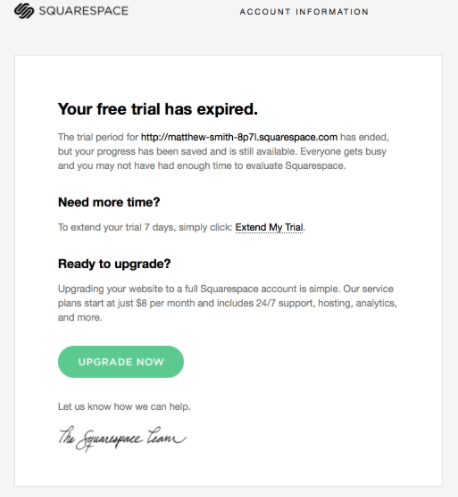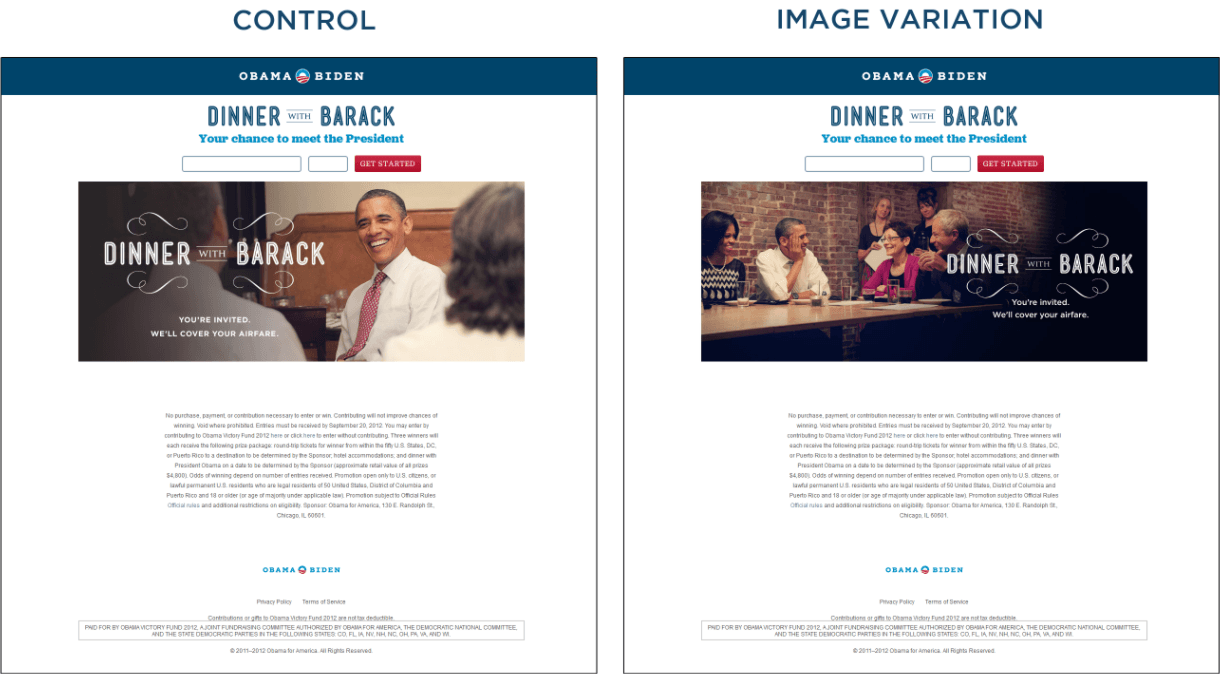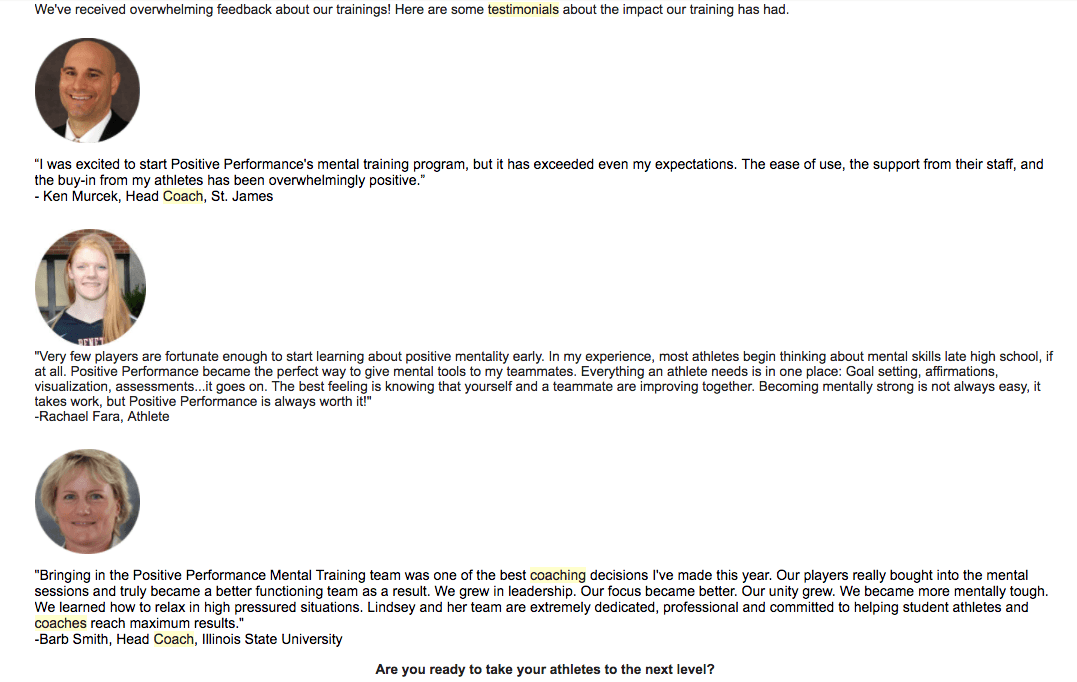With a whole arsenal of tools to help marketers gain exposure, including social media, physical mail, TV ads, and paid online ads, email marketing continues to be proven as one of the most powerful methods for converting contacts into customers. Here are just a few of the reasons email marketing is still relevant, and a few ways you can optimize email marketing to drive conversions.
Email Marketing Relevancy
Wide Marketing Reach
With rapidly rising numbers of social media users, email still prevails as the most widely used online platform, boasting over 3 times as many accounts as Twitter and Facebook combined. While social media is a great way to interact with existing customers, build your brand voice, and strengthen existing relationships, email has been seen to have a larger conversion rate.
Email addresses are a necessity for virtually any online activity, including online shopping, signing up for newsletters, and setting up social media accounts. Therefore, virtually everyone who is active online has an email account. It’s estimated that over 34% of people in the world have email and that this number is expected to double in the next couple of years. In addition, over 50 % of users regularly access email through their mobile device, making it a great way to reach mobile users.
Selective Audience and High Delivery Rate
People who signed up to be on your email list actually want to hear from and engage with you. The individuals behind each email address are prepped to convert and become a customer because they’ve already shown interest in your product. However, while online ads and social media can enhance a marketing strategy, their algorithms that calculate what types of ads you’ll respond to are based off of far weaker evidence of interest, reacting to actions such as visiting a website or clicking on a link. For someone to be added to your email list, they have to offer you their email address, taking an action that shows great interest.
Due to an excess of Facebook content (making post visibility competitive) and Facebook’s attempt to encourage users to spend money on “boosted” posts, you can expect only about 2% of your audience to actually see your Facebook posts. Conversely, by maintaining healthy email lists, virtually every email you send will get delivered. And with over 91% of consumers reporting daily use of email, the odds of an email being viewed are in favor of the marketer. This means your messages are far more likely to be viewed by your intended audience through email marketing than they are through unpaid social media channels.
Inexpensive and Customizable
Email marketing allows marketers to reach a large amount of people for just the time investment costs of writing the email. Unlike TV ads and paid online ads, email marketing is inexpensive, and doesn’t require a special skill set. For small business owners, email marketing can be a huge advantage for interacting with customers, building brand awareness, and nurturing lasting relationships.
With the tools available to marketers now, an email campaign can be as customized as the marketer’s skill set allows. Data gained from email marketing campaigns can be used to address the email user by name, provide personalized product recommendations, and provide shopping cart reminders when a cart has been left idle (to name a few).
Email Marketing Best Practices
For the reasons listed above, among others, email marketing is still a very valuable marketing tool. However, misguided email marketing can actually hurt your business. That’s why we’ve provided a few email marketing best practices to help you maximize your email marketing efforts.
After getting permission to collect the user’s email address, and asking to be whitelisted (to prevent your emails from landing in spam folders), here are some guidelines for optimizing the subscriber experience.
Build Value
 When someone offers you their email address, they’re inviting you into their space. Don’t make them regret doing so. Offer a free download, an impossible-to-resist offer, a new blog, a sneak peek, or access to exclusive content right away. If you’re able, offer your own availability, and continue to add value every week. Set expectations in the first email to build trust, and then follow through. When a subscriber gains value from your emails right away, they are more likely to open your emails in the future. Make them feel like they’re part of an exclusive club and you’re giving them VIP treatment. After you’ve built value and trust, begin to offer paid products sporadically, but always maintain value add by offering subscriber-only bonuses or free shipping.
When someone offers you their email address, they’re inviting you into their space. Don’t make them regret doing so. Offer a free download, an impossible-to-resist offer, a new blog, a sneak peek, or access to exclusive content right away. If you’re able, offer your own availability, and continue to add value every week. Set expectations in the first email to build trust, and then follow through. When a subscriber gains value from your emails right away, they are more likely to open your emails in the future. Make them feel like they’re part of an exclusive club and you’re giving them VIP treatment. After you’ve built value and trust, begin to offer paid products sporadically, but always maintain value add by offering subscriber-only bonuses or free shipping.
Here’s an example of a welcome email from the software company, Groove, that sets expectations, voices appreciation, and offers value.
Show You Care
 Show your customers that their happiness is your #1 priority. Sending frantic emails that warn people of closing timelines will only make consumers feel bullied and stressed. Sending friendly reminders asking consumers if they want to opt-in to a timeline extension will not only make consumers feel like you’re putting their best interests first, it will build trust and make that client feel invested in the process. Sympathize with the consumer’s situation. Voice your understanding of budget constraints, weekend distractions, or hesitations. Give them the benefit of the doubt, and use language that shows you care.
Show your customers that their happiness is your #1 priority. Sending frantic emails that warn people of closing timelines will only make consumers feel bullied and stressed. Sending friendly reminders asking consumers if they want to opt-in to a timeline extension will not only make consumers feel like you’re putting their best interests first, it will build trust and make that client feel invested in the process. Sympathize with the consumer’s situation. Voice your understanding of budget constraints, weekend distractions, or hesitations. Give them the benefit of the doubt, and use language that shows you care.
Squarespace does a great job of making their customer feel valued by voicing understanding, and putting the best interests of the customer first. Here’s an example of one of their well-crafted reminder emails.
Use A/B Testing
A/B testing, also known as split testing, is a way to optimize the emails you send based on customer feedback. In an A/B test, you build two versions of the same email, which are then sent out to a very small percentage of your email list. After a determined amount of time, the email that receives the most engagement is sent to the remainder of your email list. A/B testing provides feedback to marketers that gives insight into the style of messaging and email format to which their audience responds best, leading to higher email engagement rates. Many email delivery services make A/B testing easy.
When A/B testing, it’s important to change just one variable at a time to receive optimal understanding about the behavior of your audience. For example, if you’re most concerned with email open rates, you may change only your subject line. If you’re curious about your audience’s response to short vs. long form emails, you may decide to change the length of the body of the email. It’s important to pay attention, iterate, and reiterate to optimize the messaging and style of your emails to best appeal to your audience.
Below, is a photo example of a controlled A/B test from the Obama campaign, featured on this blog on Ripen. In this example, you can see that only the image was changed.

Avoid Spam Filters
When you email, make sure to follow the following rules for avoiding spam filters:
- Don’t be deceptive – In subject lines, body, or header information.
- Tell recipients how to opt-out of receiving emails – and honor email opt-outs.
- Avoid spam trigger words – If you’re unsure, download software like SpamAssassin, or use this reference list.
- Include a plain text version of your email – Most email delivery services provide this option.
- Use an email delivery service – Like MailChimp.
- Avoid adding too many links in the email body.
- Encourage email replies – Ask for engagement, and don’t send emails from a “do not reply” email address.
Collect Testimonials

Don’t be afraid to ask existing customers for feedback an appropriate time after they purchase a product, and use these testimonials to your advantage. Good reviews can go a long way. An enlightening study by the Washington Post shows that positive social proof has more influence on consumers than the possibility of saving money. Research shows that over 70% of consumers look at reviews before they make a purchase.
Online mental training company, Positive Performance Training, offers a great example of a personalized testimonial email that combines photos and text to show social proof.
Email Regularly
Optimal email frequency is a delicate balance, and it’s important to do the research to find out what is recommended for your particular industry. However, there is one rule of thumb that applies to all – email regularly. This does not mean that you should blast your email list with sales offers. This means that your brand recognition and trust can be reinforced by emailing regularly. Send emails that add value (outlined above), and pepper these in with soft sells of your products.
Email Marketing Pays Off
There are far more advanced techniques for using email marketing to your advantage, and with research, testing, and the tools available, the potential of converting contacts into customers through email marketing is immense.
With the information we’ve provided, we encourage you to take action. Your email list is one of the most valuable resources you can have, and email marketing has continually proven to be a steadfast and reliable way to reach customers. Once you learn how to optimize your email marketing techniques, rest assured your efforts will pay off.




